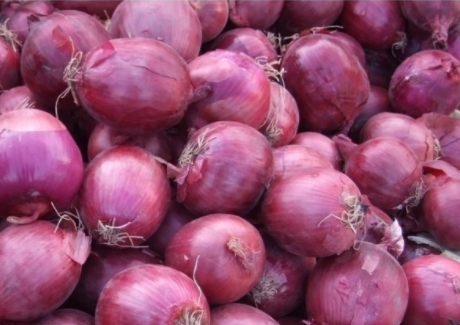食品伙伴网讯据美国联邦公报消息,8月27日美国雷竞技ap官网入口 部雷竞技ap官网入口 市场服务署(AMS)发布通报,修订葡萄柚汁的等级标准。
新标准取消了葡萄柚汁产品中"自由悬浮果浆"(free and suspended pulp)的最大限值,以满足葡萄柚汁加工技术的需求。
部分原文报道如下:
The Agricultural Marketing Service (AMS) of the Department of Agriculture (USDA) has revised the United States Standards for Grades of Grapefruit Juice. The grade standards for grapefruit juice have been changed to remove the parameters for maximum "free and suspended pulp" to account for advances in industry processing technology.
AMS received a petition from the Florida Citrus Processors Association, an association of citrus producers, requesting revisions to the U.S. Standards for Grades of Grapefruit Juice. The petitioner requested the removal of the maximum limit for "free and suspended pulp" (referred to in the industry as "sinking pulp") from the U.S. grade standards for all forms of grapefruit juice.
The grade standards, effective since September 12, 1983, provided that grapefruit juice from concentrate, grapefruit juice, and frozen concentrated grapefruit juice establish limits for maximum free and suspended pulp as follows: "Grade A"-10 percent by volume, and "Grade B"-15 percent by volume. Concentrated grapefruit juice for manufacturing requirements for maximum free and suspended pulp are as follows: "Grade A"-10 percent by volume, and "Grade B"-12 percent by volume.Show citation box
The petitioner believes that, with respect to maximum values for "free and suspended pulp", the existing U.S. Standards for Grades of Grapefruit Juice do not take into account modern extraction and finishing technologies, nor are they supported by evidence of a correlation between these criteria and acceptable flavor. The petitioner also believes that removing the "free and suspended pulp" values from the grade standards would allow processors to process the entire grapefruit crop without resorting to expensive technologies that increase the cost of juice with no concomitant benefit. More mature grapefruit tends to be sweeter, but when juiced, tends to cause the product to exceed maximum free and suspended pulp values.
Processing technologies used in the early 1940s were considerably different than the technologies in place today. In the developmental stages of the citrus industry, the amount of sinking pulp was an indication of excessive pressures used in extraction and finishing of citrus juice, resulting in bitter flavor. It was noted that sinking pulp levels could be correlated to bitter flavor. The bitter flavors are due to the naturally occurring naringin and limonin components found in grapefruit juice. Although bitterness is an inherent contributor to what we know as "grapefruit flavor," an excessive amount of bitterness can be objectionable to some consumers.
原文链接: https://www.federalregister.gov/articles/2012/08/27/2012-21054/united-states-standards-for-grades-of-grapefruit-juice








